



TRAVEL SPECIAL















TRAVEL SPECIAL













FIVE of the best London villages

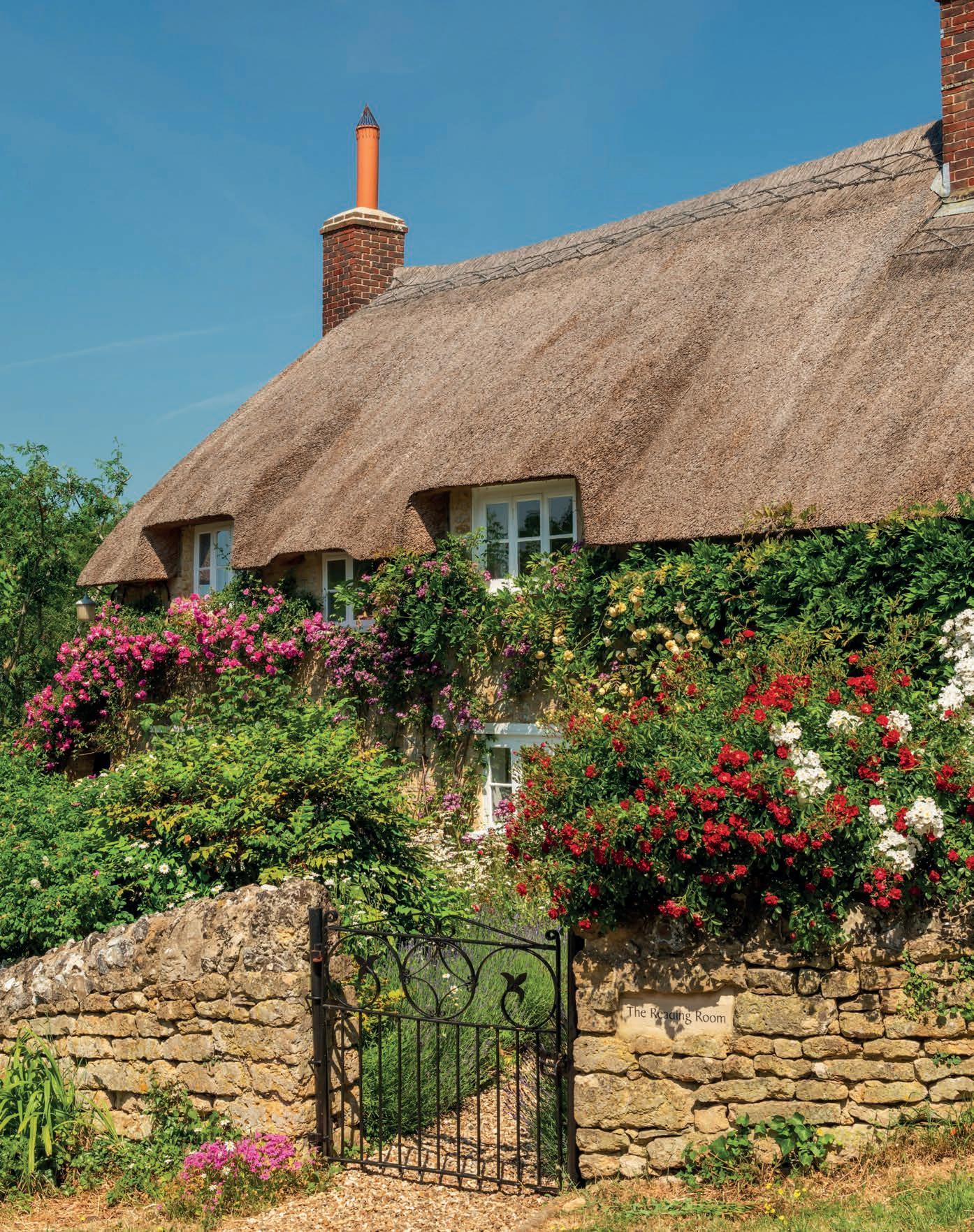

Great scone debate

JAM OR CREAM FIRST? TOP CHEFS GIVE THEIR VERDICT
Find Thomas Hardy’s rural idyll in Dorset How train travel





Your curated guide to Britain this season
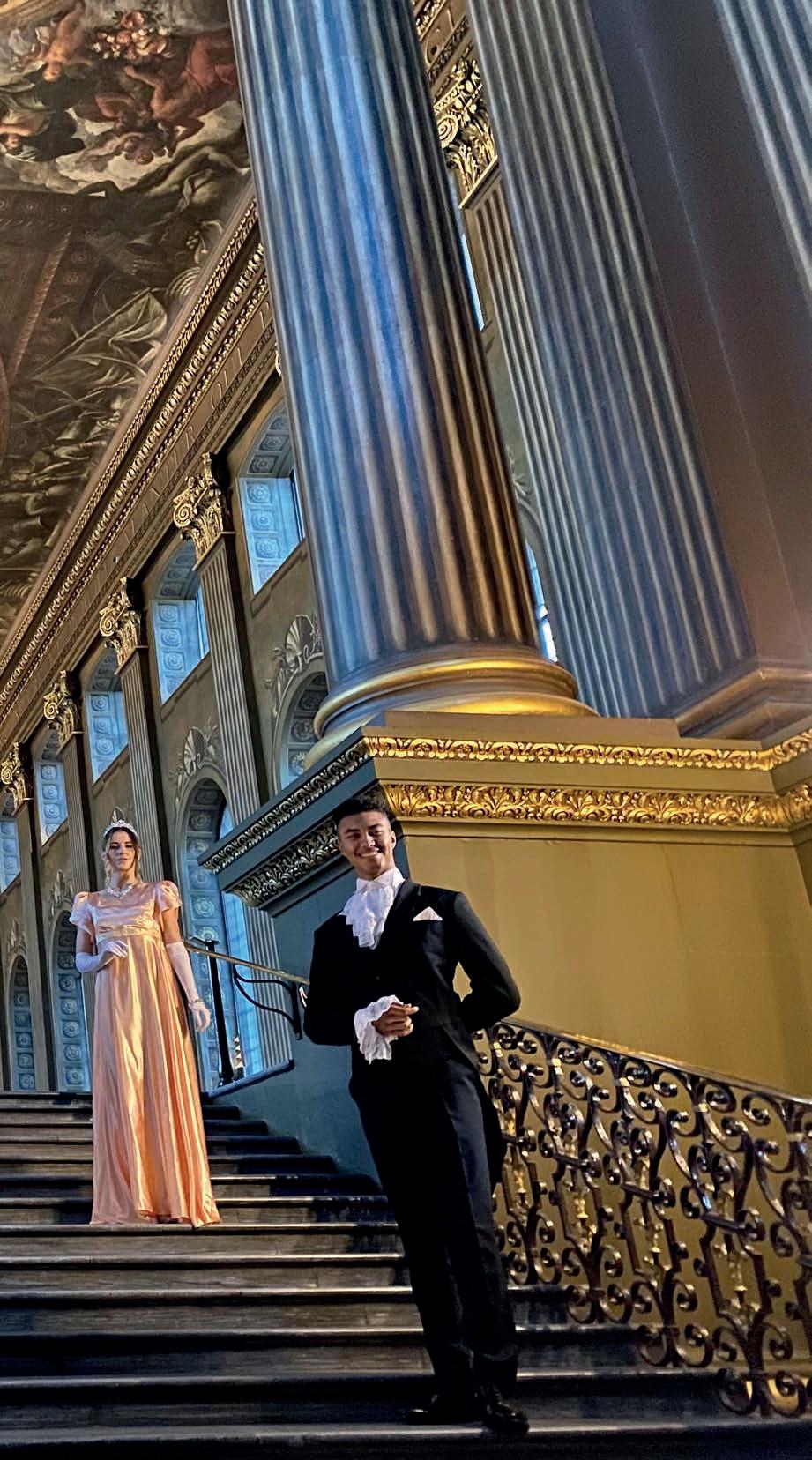
To celebrate a centenary of filming, the Old Royal Naval College in Greenwich, London –recently named the UK’s top heritage film location – is launching a series of new tours to bring visitors behind the scenes of some of our most popular shows and films.
The first tour, Wigs, Weddings, Powder and Palaces, booking now, encapsulates the Regency elegance of Bridgerton (parts of which were filmed here) and even includes a lesson in hand-fan communication for those who wish to channel their 18th-century aristocrat.
The small-group tour also includes entrance to the Chapel of St Peter & St Paul, which provided the perfect setting for the wedding of Colin and Penelope in Bridgerton’s third series, plus the famous Painted Hall –the ceiling of which was painted by Sir James Thornhill – which features in the film Pirates of the Caribbean: On Stranger Tides ornc.org/whats-on/wigs-weddings-powder-andpalaces-film-tour


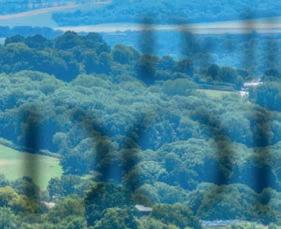

From an iconic coastline to some tucked away thatched villages, Sally Coffey discovers that Dorset has charm aplenty



Henrietta Easton chooses her favourite Hardy locations that demonstrate how Dorset’s landscapes played as big a part in his novels as his characters
No author is quite so connected to their home county as Thomas Hardy is to Dorset. The author was born in an impossibly perfect thatched cottage, built by his great grandfather, in the village of Higher Bockhampton in 1840. Such idyllic surroundings could only nurture an admiration for the bucolic, and, though set in a ‘partly real, partly dream country’ dubbed Wessex, Hardy took raw inspiration from his rural home and the pastoral way of life in the rolling hills, heathered moors, farming villages and market towns of 19th-century Dorset.


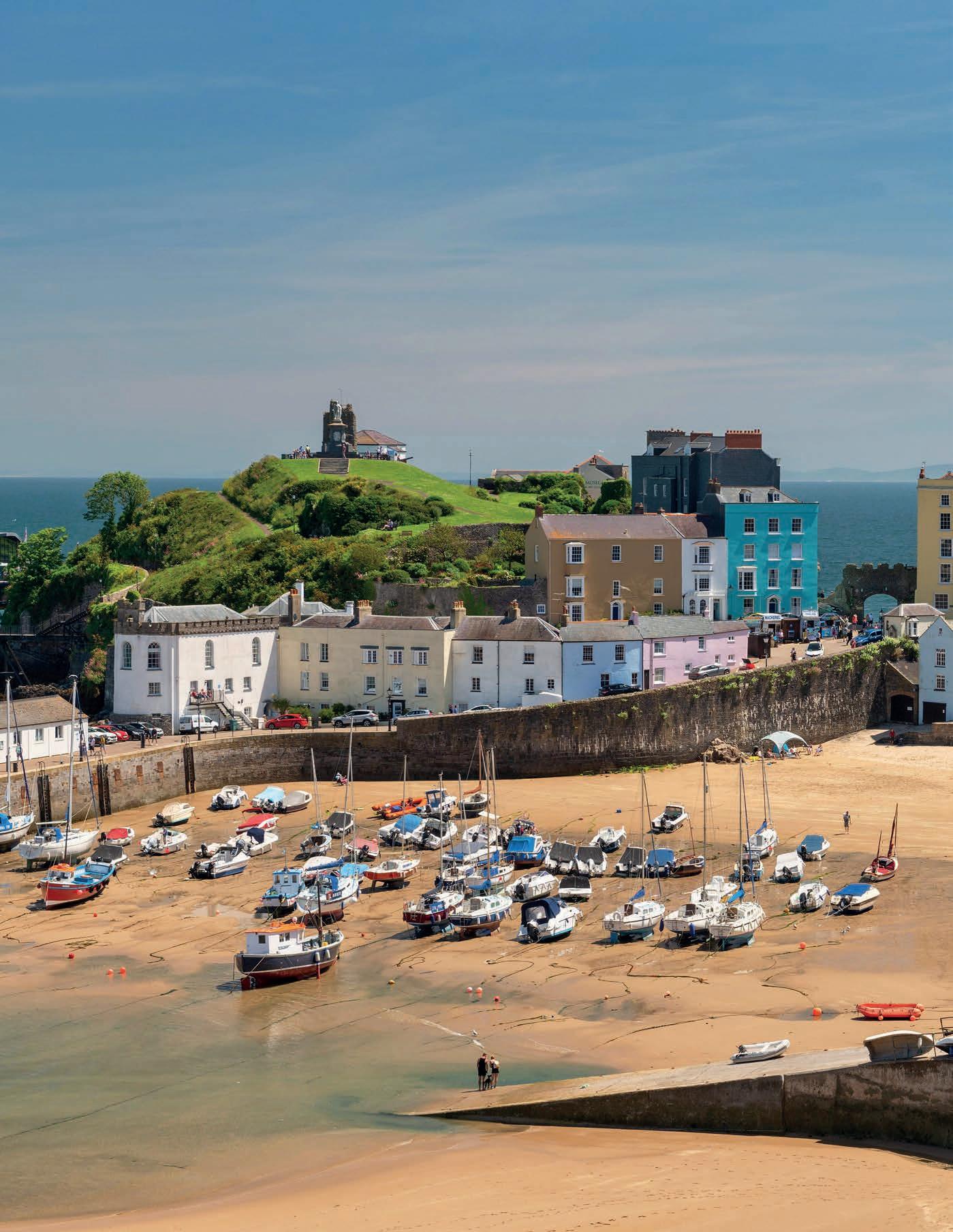
Diana Wright looks back at Britain’s fondness for the seaside, including some traditions that survive today
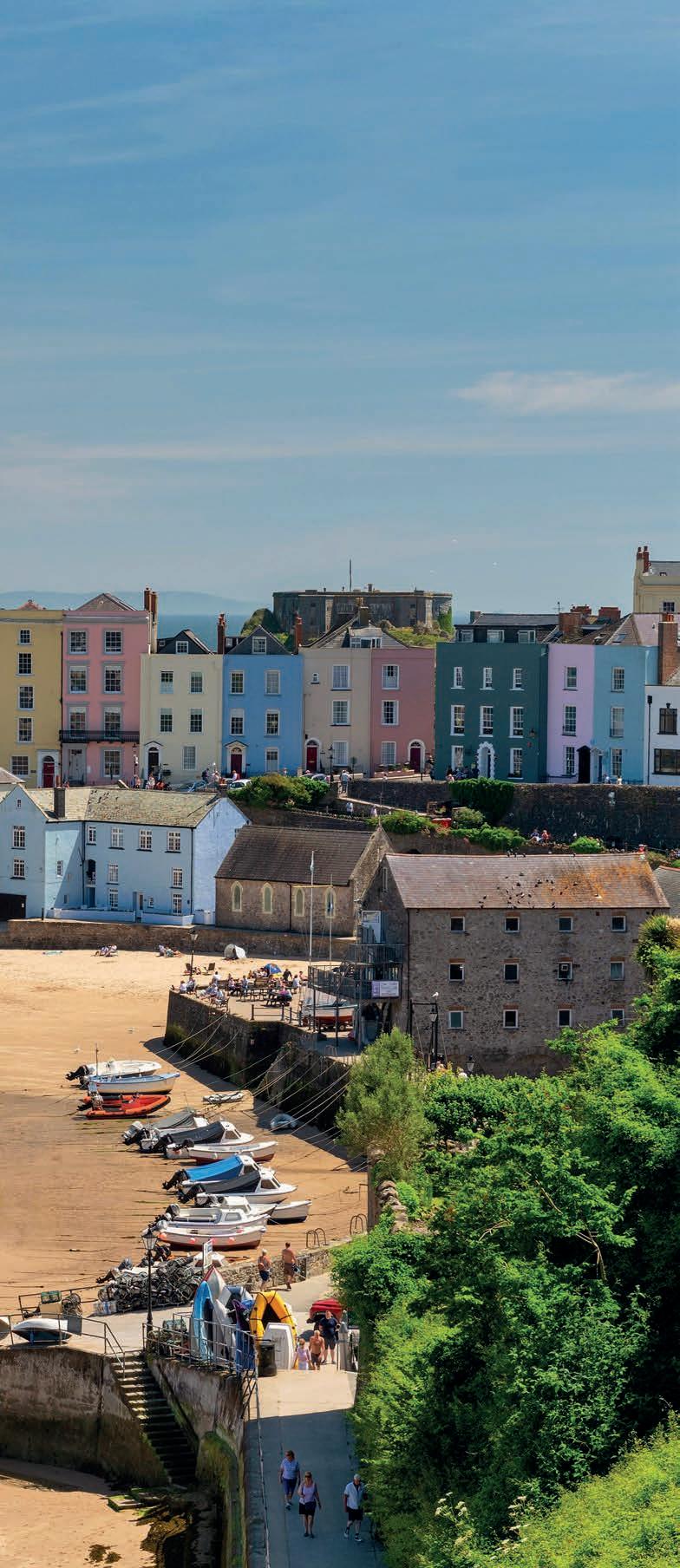
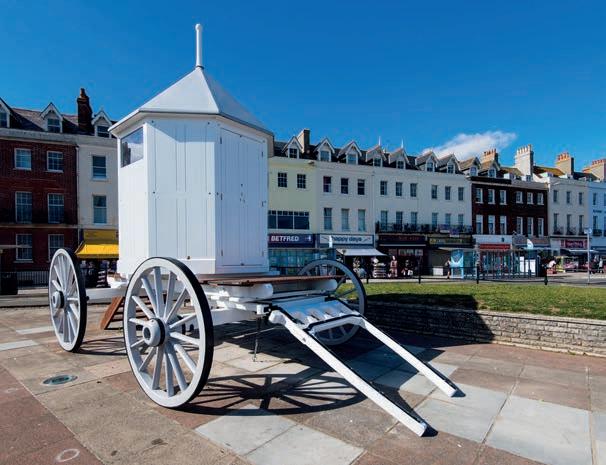
Hurrah for summer, it’s time to grab buckets and spades and head for the coast, to breathe in the salty air and aromas of fish and chips, build sandcastles, go swimming, surfing and rock-pooling. Or simply doze off in a stripy deckchair. Our beloved British seaside is full of giddy fun – including the occasional dash to escape a sudden summer shower.
The British love affair with seaside holidays began relatively recently, in the 18th century, when instead of ‘taking the waters’ at inland mineral spas to boost their health, people embraced the idea of therapeutic dips in the sea. Scarborough on the Yorkshire coast lays claim to being Britain’s first seaside resort, having already been a mineral-spa town from the 17th century.
Weymouth in Dorset hit the jackpot when King George III, following doctors’ advice on the benefits of seawater to alleviate his ailments, spent 14 summers in the town between 1789 and 1805. The King was wheeled into the waves in a hut-like bathing machine – a replica stands on the town’s esplanade – so that he could undress in private, although it was also recorded that “a machine follows the Royal one into the sea, filled with fiddlers, who play God Save the King, as his majesty takes his plunge.”
Lesser mortals availed themselves of bathing machines, too, but without the musicians, which probably suited them better as sea bathing was generally done naked, screened by a ‘modesty hood’ over the end of machines, with just a dipper (attendant) on hand to help people slip safely into and out of the water. ➤
This issue, our Londonphile highlights some of London’s most inviting neighbourhoods
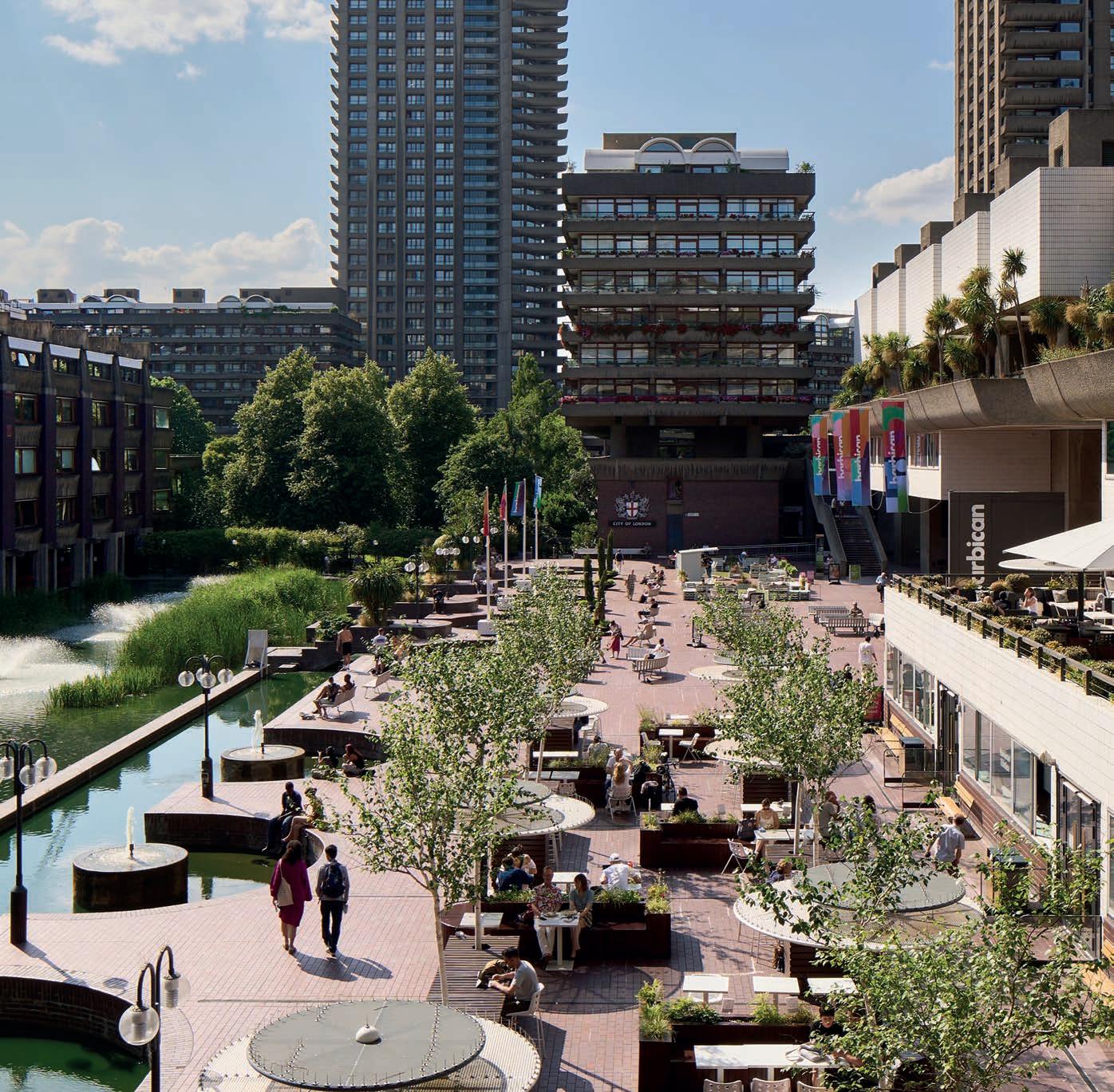
Mark Twain, in his 1896 autobiography, described London as “fifty villages massed solidly together over a vast stretch of territory”. And while those ‘villages’ are now integrated parts of a sprawling metropolis, many of them still retain their own individual identity and charm. Administratively, the capital of England (and the UK) is divided into 32 ‘boroughs’ (local government authorities similar in autonomy to
New York City’s) but, to your average Londoner, it’s that all-important postcode (especially the prefix or ‘outward code’, such as SW19 for Wimbledon) which matters. There are nearly 250 of them and, when it comes to property prices, a single letter or number can make millions of pounds worth of difference.
So, from EC1 to W10, here are a few of the most interesting neighbourhoods – and their respective postcodes – to visit this summer.

